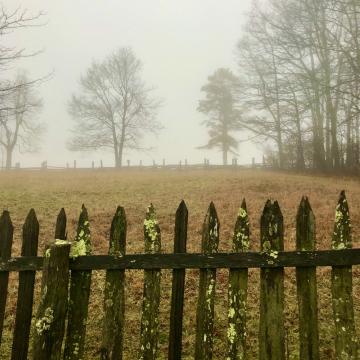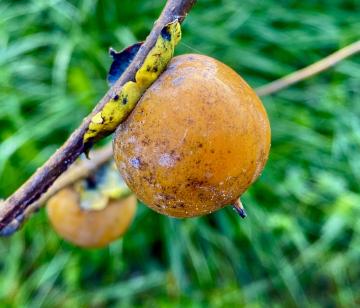What Falls From the Sky
By Steve Roark
Volunteer, Cumberland Gap National Historical Park
With winter coming on, folks start thinking about precipitation of the frozen kind. In what form frozen water come to us meteorologically depends on a whole lot more than what the temperature our thermometer says, and I’m sure you’ve see days when the weather goes from rain to sleet to snow and back again. So let us delve into the frozen world a little while.
- Read more about What Falls From the Sky
- Log in to post comments









